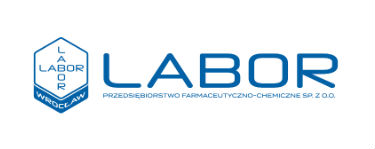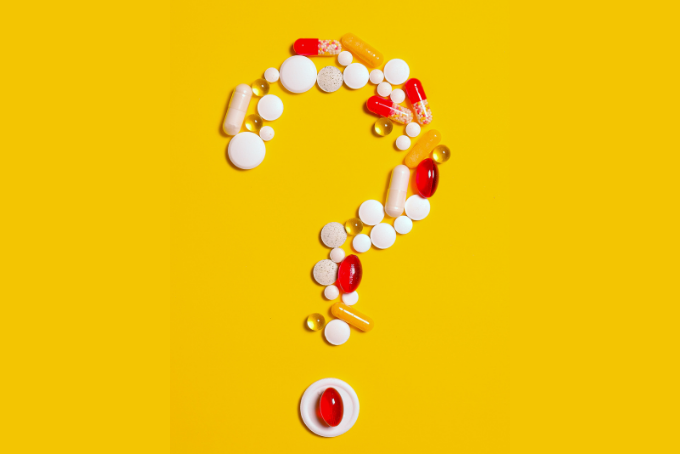Summary
There are many other substances in the composition of the tablet mentioned in the leaflet attached to the medicine you buy. Pharmacists call them excipients. They play a variety of roles and are really essential in the tabletting process. These substances, depending on their role, can be divided into several groups.
These are, for example, fillers, binders, disintegrants, release modifiers, glidants and substances used in sustained release and gastro-resistant tablets and also in effervescent tablets.
There are also a number of other kinds of tablets for a variety of uses, such as sublingual tablets, chewable tablets, lozenges, tablets for making liquids and vaginal tablets. Each of these types of tablets requires the use of a different production technology as well as different auxiliary substances. As you can see, the variety of additional tablet ingredients is huge due to their various roles in tablets.
You have probably wondered many times why there are so many other substances in the composition of the tablet mentioned in the leaflet attached to the medicine you buy. Pharmacists call them excipients. They play a variety of roles and are really essential in the tabletting process. These substances are added to tablets for various reasons and, depending on their role, they can be divided into several groups.
?Fillers
Some drugs are given to the patient in very small doses. One example is trandolapril, an agent commonly used by cardiologists, the therapeutic dose of which can be 0.5 mg (1/2000 g). A tablet containing only the same drug substance would therefore be smaller than a poppy seed. An even better example of an extremely low dose is levothyroxine, drug used in hypothyroidism at a dose of 25 ?g. 1 g of would contain 40,000 such tablets. This, of course, is impossible, so the production process adds substances that have no pharmacological effect and whose only task is to artificially increase the weight of the tablet. For this purpose, for example, lactose, microcrystalline cellulose, sorbitol are used.
?Binding substances
In order that the tablet resulting from the production process is sufficiently hard and durable and does not crumble during storage, so-called binders are added to them, the purpose of which is to “stick” the individual tablet components together. For this purpose, starch, cellulose derivatives such as methyl cellulose, ethyl cellulose, hydroxypropyl cellulose, carboxymethyl cellulose and polyvinylpyrrolidone are most often used.
?Disintegrants
Sometimes we have the opposite problem, the tablets made won’t break apart. Normal tablets intended to disintegrate in the stomach must disintegrate in less than 15 minutes. In order to meet this requirement, during the production process, substances whose task is to accelerate their disintegration, the so-called disintegrants, are added to tablets for tablets. For this, for example, sodium starch and croscarmellose sodium, (i.e. internally cross-linked sodium) carboxymethylcellulose (NaCMC), are often used. Some tablets, especially with vitamins for children, but also, for example, the popular lime, are the so-called effervescent tablets, which are thrown into the water in which they dissolve to form a carbonated drink before serving. In this form, it is easier to give the medicine to the child. To achieve this effect, sodium bicarbonate and citric acid are added to the tablets, which react in an aqueous solution to give off carbon dioxide. Sugar and flavorings are added to such tablets to improve the taste
?Prolonged release tablets
From such tablets, the medicinal substance is released along the entire length of the digestive tract, but very slowly. The task of this type of drugs is to provide a constant concentration of the drug substance for 8-12 hours and sometimes even 24 hours, without the need for repeated administration. Such tablets are obtained by suspending the active ingredient in a swellable or poorly soluble carrier.
The use of such tablets makes it possible to reduce the frequency of administration and obtain a relatively constant drug concentration in the blood, which improves the quality of pharmacotherapy and reduces the risk of side effects resulting from fluctuations in drug concentration in the blood. Prolonged-release tablets usually contain a larger amount of the active ingredient and must be prevented from releasing it too quickly, which can lead to serious overdose. Therefore, such tablets should be swallowed whole, unless the drug manufacturer allows dividing the tablet, which is possible thanks to the appropriate formulation.
The prolonged effect is usually achieved by increasing the amount of binding substances in the tablet and the use of substances such as hypromellose and carbomers.
?Intestinal tablets
In some cases, the drug substance cannot be released in the stomach because the hydrochloric acid present in the stomach acid would break it down quickly or it may be irritating to the gastric mucosa. In such cases, coatings are used, which remain intact in the acidic environment of the stomach and are destroyed only in the neutral environment of the intestine. So the drug is only released there. The ingredients of such coatings are most often such substances as triethyl citrate, methacrylic acid and ethyl acrylate copolymer, polyvinyl alcohol, hypromellose, hydroxypropyl cellulose, talc, hydrogenated cottonseed oil, medium chain saturated fatty acid triglycerides.
?Glidants
Glidants are used so that the tablet mass flows easily and does not get stuck in the tablet press. For this purpose, most commonly used are magnesium stearate, colloidal silica, talc, polyethylene glycol and macrogol.
There are also a number of other tablets for a variety of uses, such as sublingual tablets, chewable tablets, lozenges, tablets for making liquids, and vaginal tablets. Each of these types of tablets requires the use of a different production technology as well as different auxiliary substances. As you can see, the variety of additional tablet ingredients is huge due to their various roles in tablets.
? Lubricants
Lubricants are used so that the tablet mass flows easily and does not get stuck in the tablet press. For this purpose, most commonly used are magnesium stearate, colloidal silica, talc, polyethylene glycol and macrogol.
There are also a number of other tablets for a variety of uses, such as sublingual tablets, chewable tablets, lozenges, liquid tablets, and vaginal tablets. Each of these types of tablets requires the use of a different production technology as well as different auxiliary substances.
Importantly, all these excipients are approved for use in tablets and have no negative impact on the patient’s health. Moreover, often the addition of an excipient supports the therapeutic effect of a drug, positively influencing parameters such as absorption from the gastrointestinal tract. As you can see, the variety of additional tablet ingredients, due to their different roles in tablets, is really huge.
AUTHOR: Dr n. farm. Andrzej Tarasiuk




